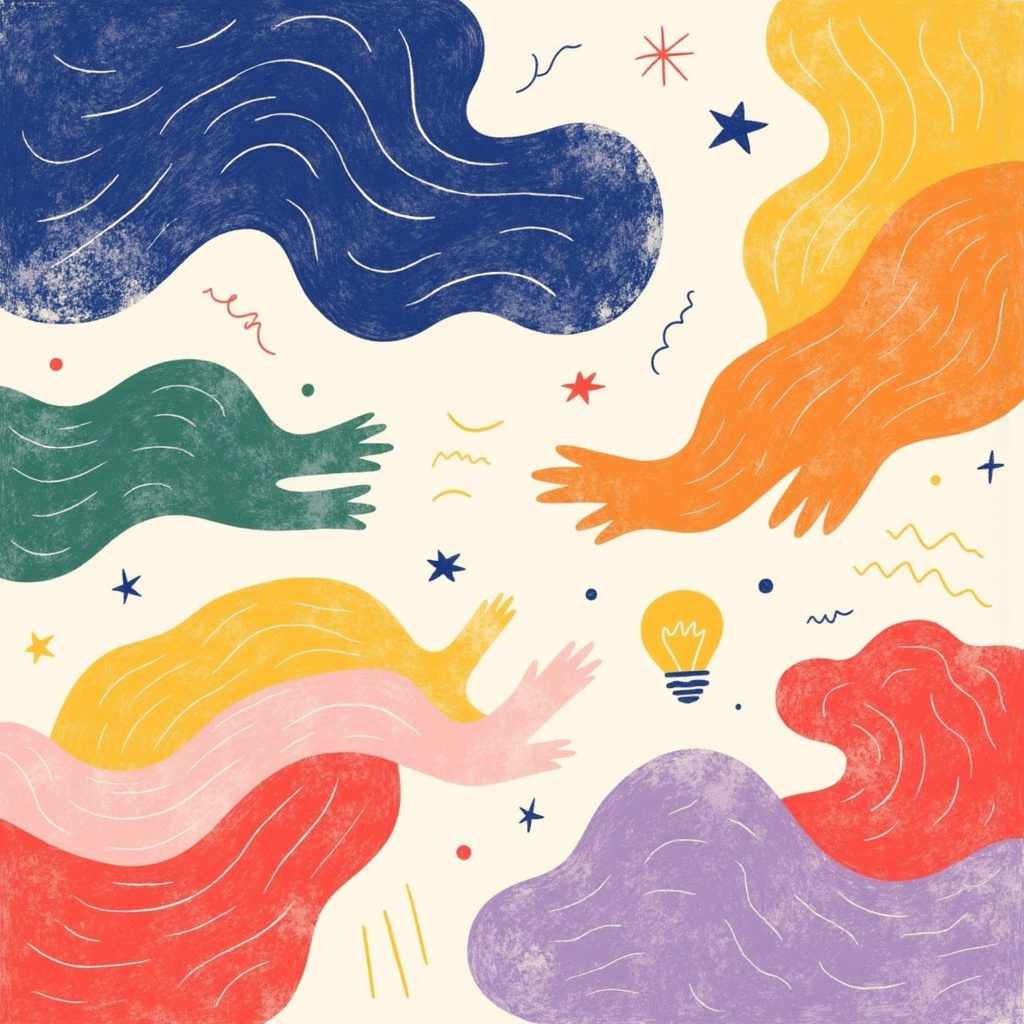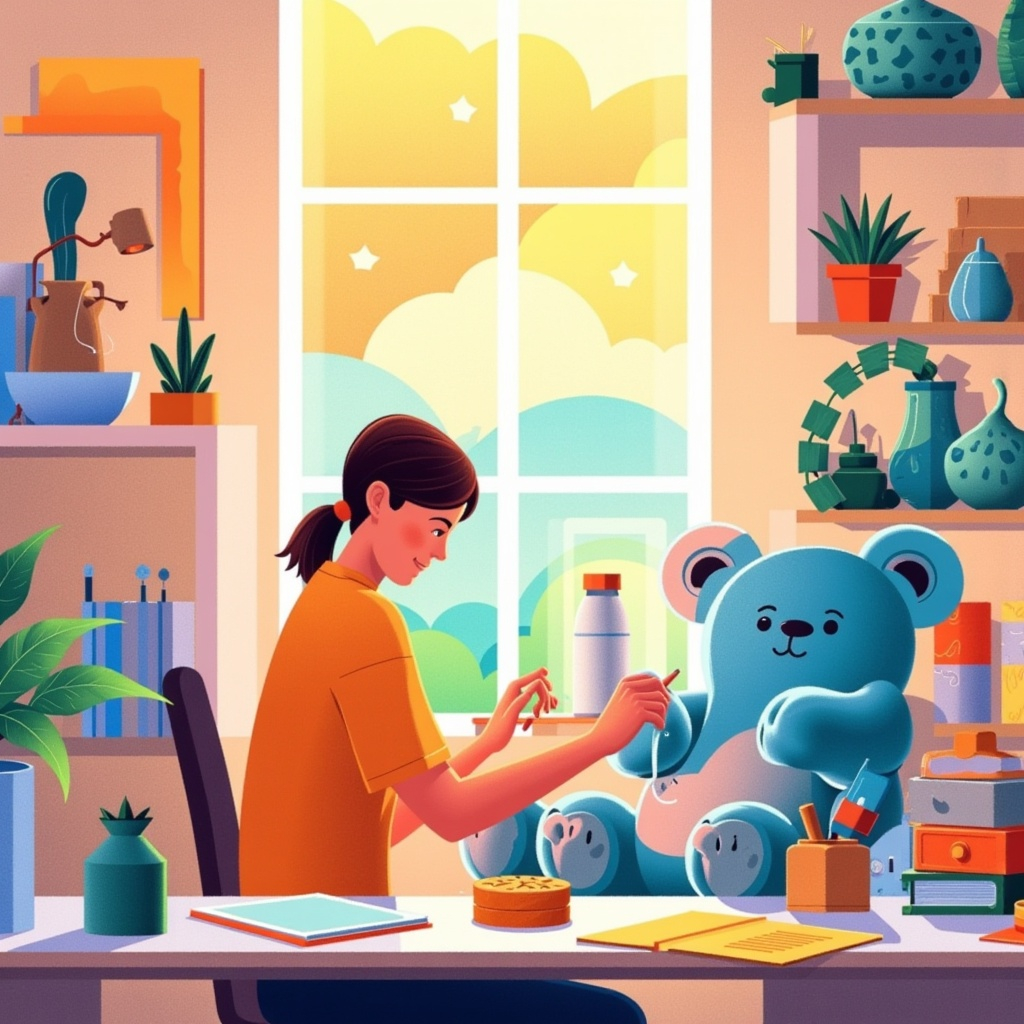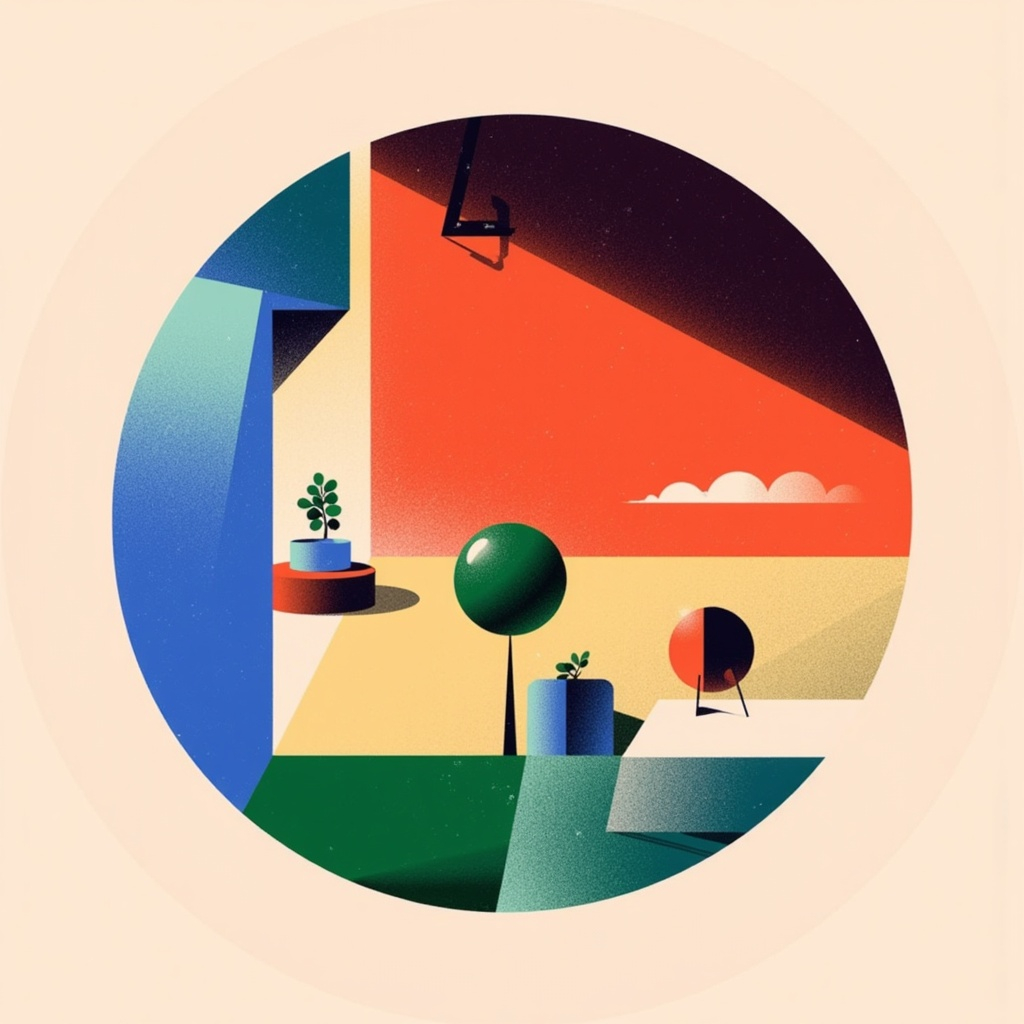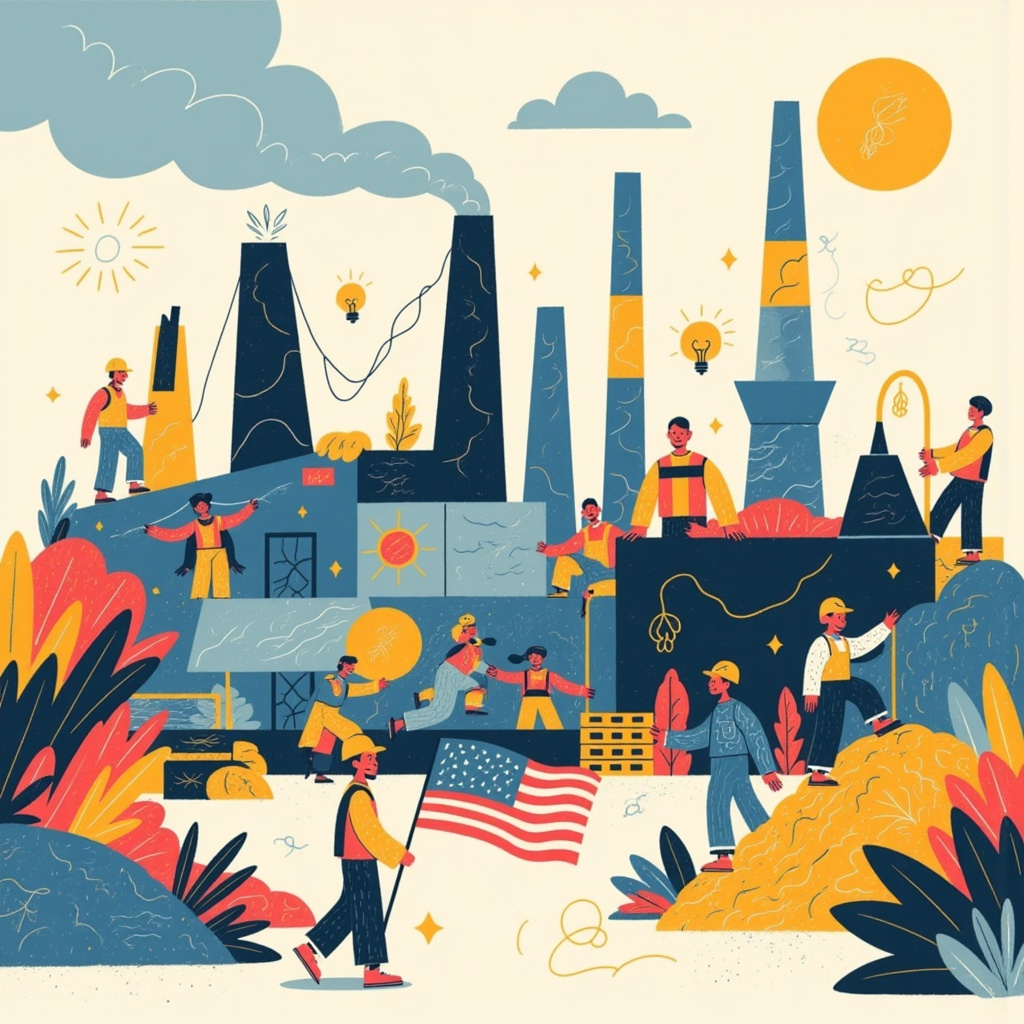Manufacturing Country Deep-Dives and Product Recommendations
Choosing a China plus-one factory partner is no longer a hedge, it is a core part of how consumer brands hit margin targets, shorten timelines, and reduce risk in their supply chain. This blog maps a few trade offs by country, from soft goods in Vietnam to plastics in Mexico to precision builds in Malaysia and Taiwan, so you can compare total landed cost, typical MOQs, and first production order timing.
Disclaimer: This is a high-level overview based on averages. MOQs, timelines, and product fit vary by factory, season, and product complexity. Use this as a starting point, then validate with quotes and samples.
Vietnam
Best for: Backpacks and luggage, outdoor soft goods, apparel basics, furniture upholstery, simple electronics final assembly.
Pros: Strong cut and sew ecosystem, improving quality, tariff relief compared to China on many categories.
Cons: Peak season capacity crunch, many mills for fabrics and trims still located in China which can extend timelines.
MOQs and rough timeline for first PO: 500 to 5,000 units, 90 to 140 days.
Recommended Product Types: Daypacks, diaper bags, technical soft goods, lightweight camp furniture, covers and cases, apparel basics.
Mexico
Best for: Injection molded housings, metal fabrication, wire harnesses, appliances, packaging, near-final assembly.
Pros: Nearshore speed, easier audits, lower logistics risk, flexible MOQs, USMCA benefits if rules of origin are met.
Cons: Capability varies by region and vendor, resin pricing can be higher, some tooling built in the US or Asia.
MOQs and rough timeline for first PO: 250 to 3,000 units, 45 to 90 days.
Recommended product types: Consumer housings and brackets, kitchen appliances, metal frames, POP displays and packaging, assembled kits that benefit from fast replenishment.
India
Best for: Home textiles, cotton knits and wovens, leather goods, castings and forgings, light electronics assembly.
Pros: Strong textile base, English friendly, growing electronics corridors, attractive pricing for differentiated textiles.
Cons: QC variation between factories, longer development cycles, heavier documentation needs.
MOQs and rough timeline for first PO: 500 to 5,000 units, 100 to 160 days.
Recommended Product Types: Bedding, towels, premium cotton apparel, leather accessories, cast metal components for home goods.
Indonesia
Best for: Apparel, footwear, molded rubber, furniture, simple motors.
Pros: Skilled in footwear and apparel, competitive labor in specific regions, improving component supply.
Cons: Port congestion risk at times, resin and chemical supply can be uneven depending on region.
MOQs and rough timeline for first PO: 1,000 to 10,000 plus, 100 to 150 days.
Recommended Product Types: Branded footwear, athleisure, molded rubber parts, rattan and wood furniture.
Cambodia
Best for: Basic apparel and sewn soft goods, bags.
Pros: Cost competitive labor, straightforward programs can scale.
Cons: Fabric and trims often imported, infrastructure and capabilities still maturing, better for simpler BOMs.
MOQs and rough timeline for first PO: 2,000 to 10,000 plus, 100 to 150 days.
Recommended Product Types: T shirts, hoodies, simple bags, uniforms, basic baby soft goods.
Malaysia
Best for: Electronics, PCBA, sensors, medical disposables, precision plastics.
Pros: High tech manufacturing culture, strong ESD and QMS practices, good documentation discipline.
Cons: Higher wages than some Southeast Asian peers, capacity can be tight in key clusters.
MOQs and rough timeline for first PO: 1,000 to 5,000 plus, 90 to 140 days.
Recommended Product Types: Consumer electronics sub assemblies, smart home sensors, premium injection molded parts, regulated disposables.
Thailand
Best for: Automotive components, home appliances, injection molding, food grade packaging.
Pros: Mature auto and appliance clusters, strong tooling capability, reliable scheduling.
Cons: Costs often higher than Vietnam or Cambodia for soft goods, some categories are capacity limited.
MOQs and rough timeline for first PO: 1,000 to 5,000 plus, 90 to 140 days.
Recommended Product Types: Precision plastic housings, appliance components, PET and food safe packaging, molded lids and closures.
Taiwan
Best for: Electronics, connectors, precision plastics, bicycles and components.
Pros: Engineering depth, supply chain reliability, IP protection and documentation quality.
Cons: Higher labor and tooling costs, some geopolitical risk.
MOQs and rough timeline for first PO: 1,000 to 10,000 plus, 75 to 120 days.
Recommended Product Types: High reliability electronics modules, premium plastic housings, bike components and accessories.
Turkey
Best for: Apparel and textiles, metal fabrication, household goods, EU oriented programs.
Pros: Proximity to Europe, flexible MOQs, strong textiles, responsive sampling.
Cons: Currency volatility, shipping to the US takes longer than to EU, cost premium versus Asia in many categories.
MOQs and rough timeline for first PO: 250 to 3,000, 60 to 110 days.
Recommended Product Types: Fashion and athleisure capsules, towels and home textiles, enamel or metal housewares, private label seasonal collections.
Peru
Best for: Premium cotton knits, Pima, alpaca wool, boutique apparel.
Pros: High quality textiles, compelling brand story, nearshore to US West Coast versus Asia.
Cons: Limited scale outside textiles, higher unit costs, smaller factory pool.
MOQs and rough timeline for first PO: 200 to 2,000, 70 to 120 days.
Recommended Product Types: Premium tees and hoodies, baby apparel capsules, knit accessories and sweaters.
Recommendations by Product Category
- Soft Goods and Bags: Start in Vietnam. If you need very high volumes at aggressive costs, add Cambodia or Indonesia. For premium or EU focused collections, add Turkey.
- Plastics and Metal Assemblies: Shortlist Mexico for speed, audits, and flexible MOQs. For higher precision plastics or regulated categories, add Malaysia or Thailand. Use Taiwan when IP protection and engineering reliability matter most.
- Apparel: For premium and small runs, Peru. For scale programs, Vietnam and Indonesia, with Cambodia for cost competitive basics. For EU centric brands, Turkey.
- Electronics: Malaysia and Taiwan first, Thailand for plastics and appliance adjacent components, Vietnam for simple final assembly.
- Home Textiles and Leather: India for differentiated cotton programs and leather goods, Turkey for fast turn EU collections, Peru for premium knits.
Practical Sourcing Tips
- Quote in Parallel: Issue the same RFQ pack to three or more countries that look viable. Compare total landed cost, not just ex works.
- Lock Specs Early: Clearly define materials, finish standards, test methods, and AQL. This tightens variance between quotes.
- Plan Fabric and Trim Lead Times: If you place outside China but still source textiles from China, add time for fabric mills and export.
- Tooling and DFM: For plastics and metals, budget for DFM feedback and possible tool iterations which differ by region.
- Freight Math: Shipping and tariffs costs should always be factored into your total landed cost
Klugonyx is Your Sourcing Partner
Ready to diversify your supply chain and keep margins healthy?
Start with a free 30 minute consultation. We will review your SKUs, identify two to three best fit countries, and outline a parallel quoting plan.




